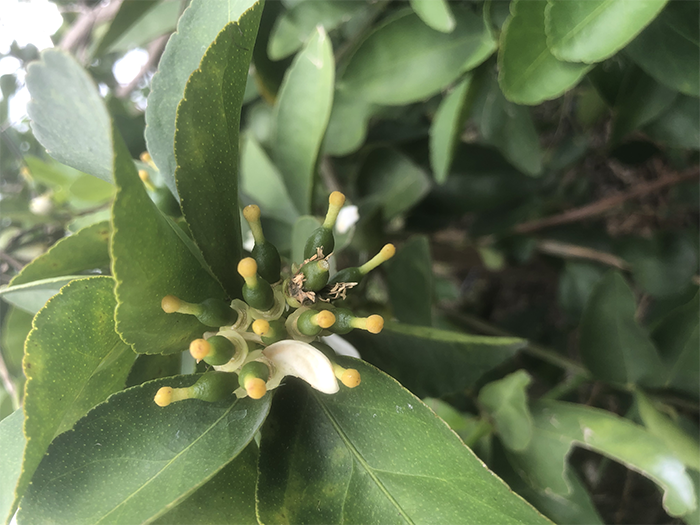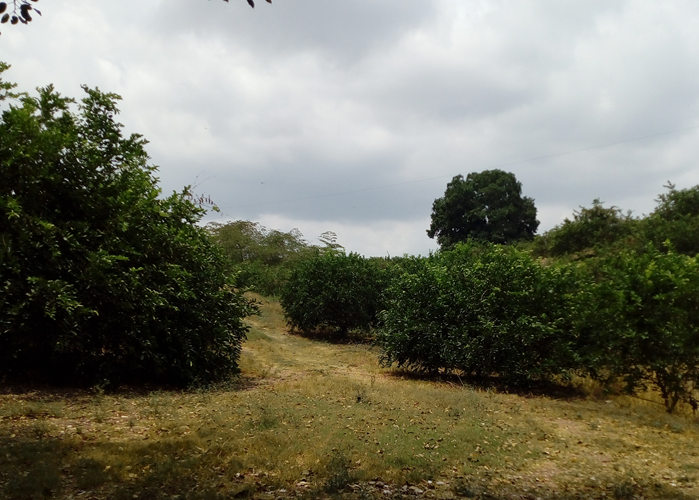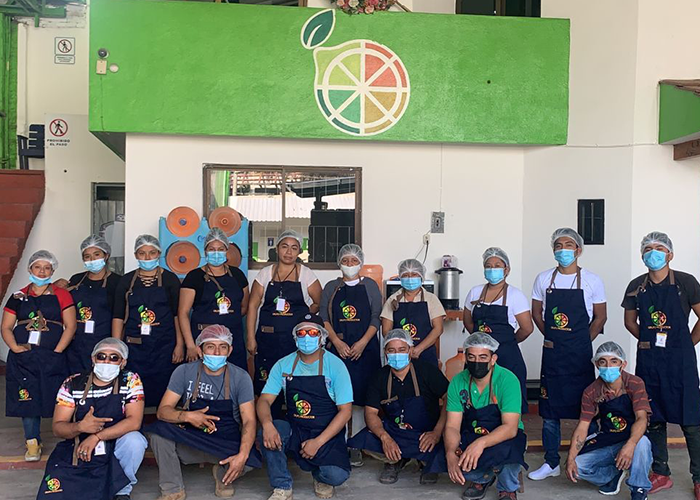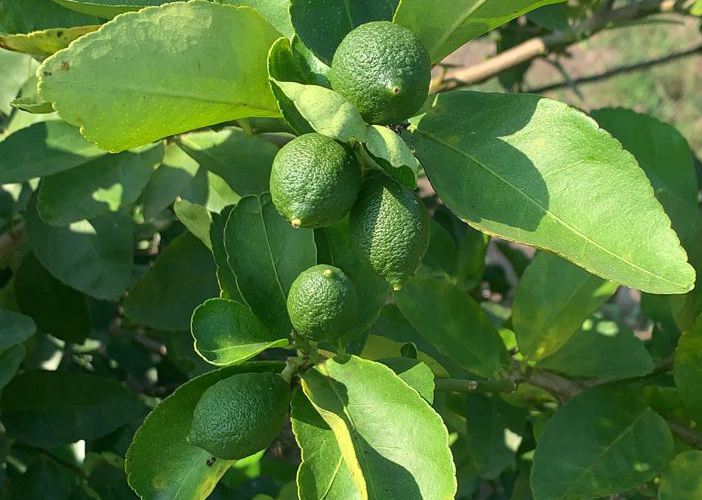
ABOUT US
Our company started back in 2013, being a family business, nowadays we have more than 50 thousand square meters producing the best fresh seedless limes of the region.
We’ve worked hard to build a company where we do big things. We’re here to help you do the same.
Nuestra empresa comenzó en 2013, siendo una empresa familiar, hoy en día contamos con más de 50 mil metros cuadrados que producen los mejores limones frescos sin semillas de la región. Hemos trabajado duro para construir una empresa en la que hacemos grandes cosas. Estamos aquí para ayudarte a hacer lo mismo.
OUR MISSION
To be a company that be a reference of excellence and quality of production and limes packaging.
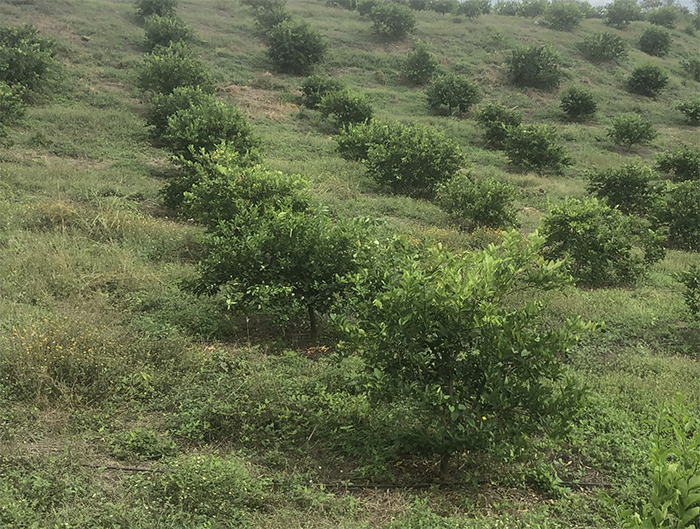
WHAT MAKES US SPECIAL
OUR FRESH PRODUCT & SERVICES
Persian lime (Citrus × latifolia), also known by other common names such as seedless lime, Bearss lime and Tahiti lime is a citrus fruit species of hybrid origin, known only in cultivation. The Persian lime is a triploid cross between key lime (Citrus × aurantiifolia) and lemon (Citrus limon).
Although there are other citrus species that are referred to as "limes", the Persian lime is the most widely cultivated lime species commercially, and accounts for the largest share of the fruits sold as limes. The fruit turns yellow as it ripens, but it is often sold while still green.
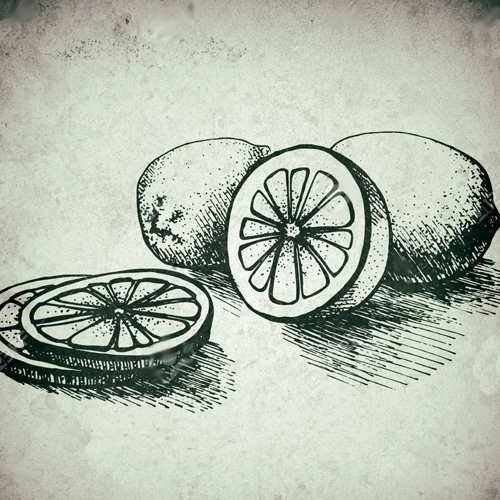
ORIGIN AND HISTORICAL BACKGROUND
Although the lemon is currently scattered throughout the global area with tropical and temperate climate, this citrus is native to Southeast Asia specifically in southern China where even the fruit is worshiped being a symbol of happiness; tracing its cultivation in the Asian continent to more than 2,500 years. Once expanded the cultivation of lemon throughout China came to Persia (now Iran) that way the Arabs They spread this crop through the Mediterranean sea basin, expanding it in the east towards Greece and in the west towards Spain (Frutas y Hortalizas, 2013). The cultivation of lemon was introduced to America by the conquerors who, faithful to this crop for its properties to prevent and combat scurvy, added it to the cargo as one of the first and most important provisions.
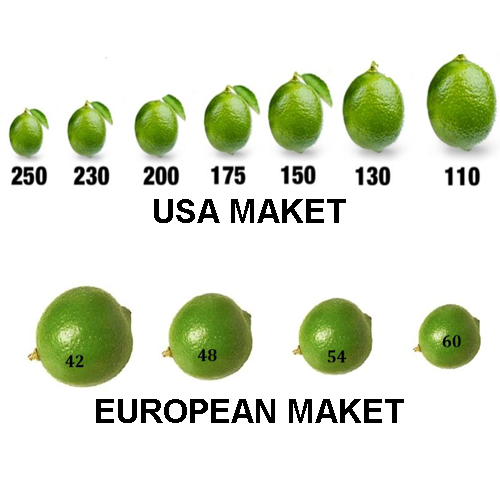
SIZES
The sizes (sizes) handled in the US and European markets refer to the number of fruits of uniform size that can contain a box of between 38 and 40 pounds. Sizes of 110 to 250 lemons per box are accepted in the United States and 200 to 300 in European countries. The Japanese market is the most demanding of all and demands sizes of 32-36, 40-48 and 52-54 fruits per 10-pound box.
MATURATION AND COLOR
The color of the fruit also distinguishes its degree of maturation; going from the green dark, green, lemony until yellow, when it is your moment of greatest maturity. The ideal storage, storage and transport temperature ranges between 8 and 13º C. The shelf life is approximately 24 days for green lemon, stored at a temperature between 9 and 12º C.

Scientific name: Citrus Latifolia.
KINGDOM: Plantae
FAMILY: Rutaceae
SUBFAMILIA: Aurantioideae
GENDER: Citrus
SPECIES: Latifolia
The tree is of a parried nature, with lower branches that tend to perch on the ground. Reaches a height of 6 to 7 m and a diameter of 5 to 6 m. Its trunk is short and its branches grow in several directions so it is necessary Always carry out a training pruning. With persistent, oval, oblong toothed, thick, fragrant leaves, petiole naked and a bright green. Relatively small hermaphrodite flowers of pinkish white, more or less fragrant, and usually arranged in bouquets and blooms.


